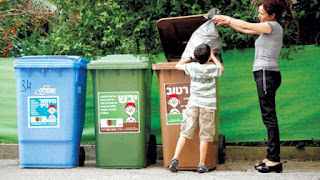
Bava Kama 101 The Rainbow Connection On our daf we have the seemingly strange question of if wool is dyed accidentally, or malevolently, are the wool and the dye two separate items or have they become one new item. In either case, we ask how can we determine the value of the item(s) and who receives the payment for them. This leads us to the topic of dyes and dyeing – how was it done, what did it cost and other details. Dyeing is an ancient craft and was often a family business, with the trade secrets passed down from father to son. Jews were dyers in the time of the Mishna and continued in the trade through the Middle Ages and even into pre-modern times. When Benjamin of Tudela writes in the 12 th century about visiting Jewish communities all over the world, he often talks about the Jewish dyers. He tells us there were dyers in Jerusalem and the Ramban, a century later, mentions the same fact. Even today, you can meet people with the family name of Sabag, which ...



